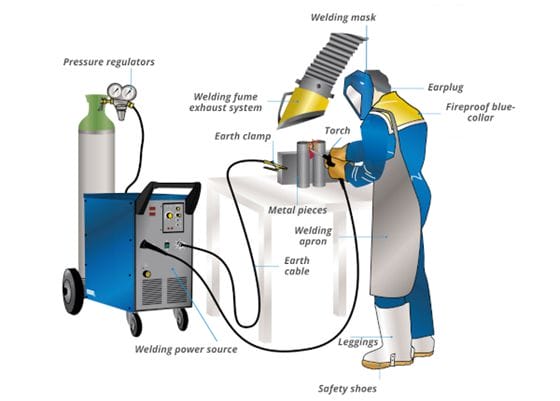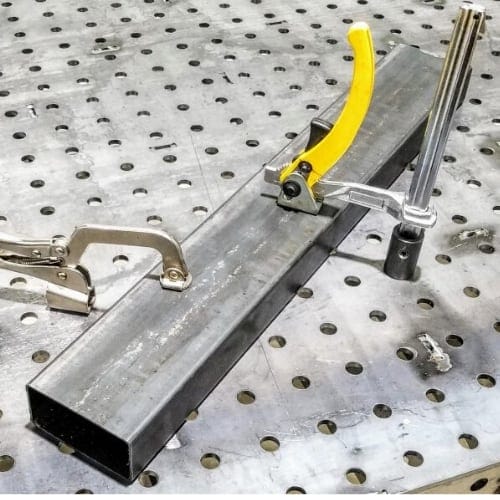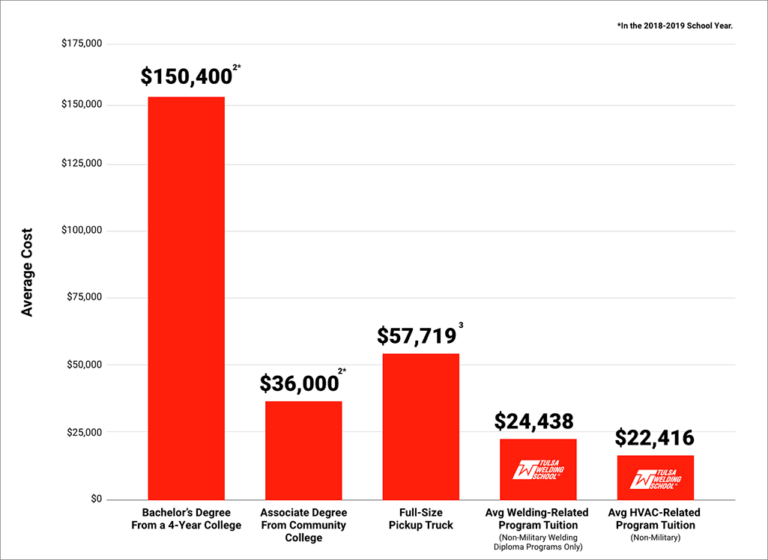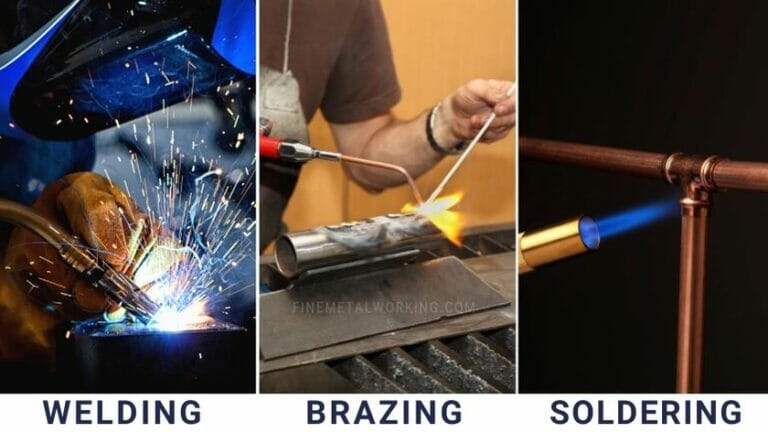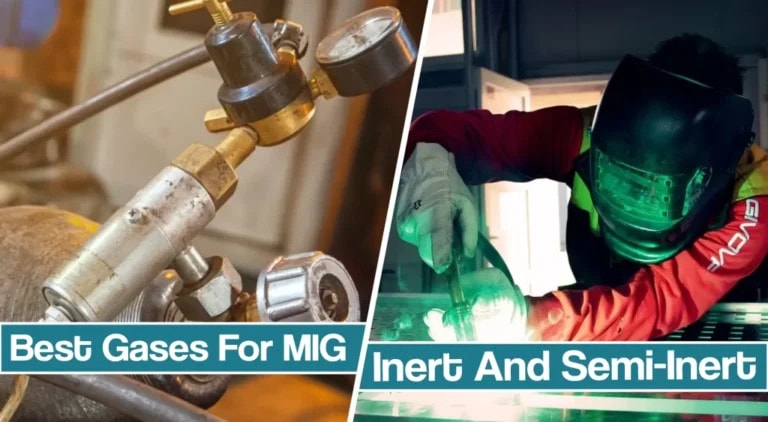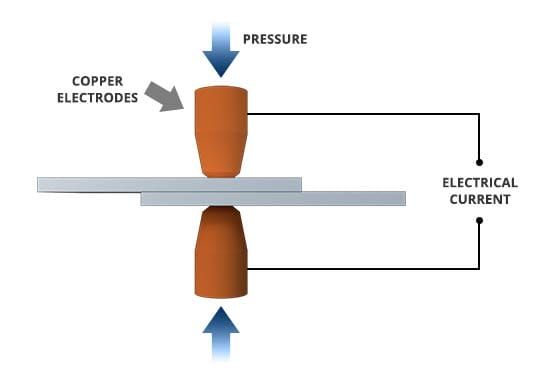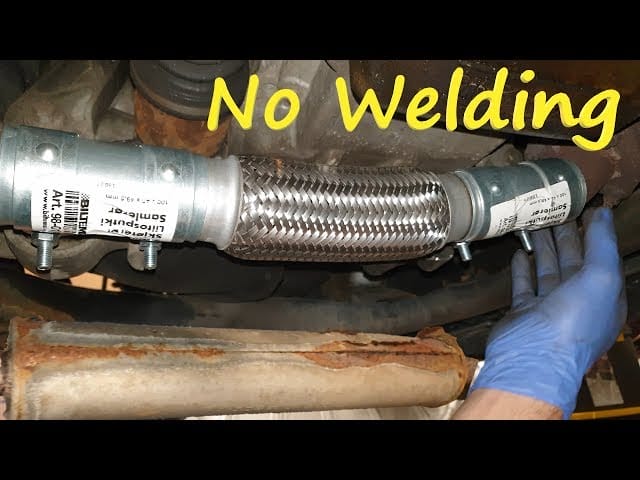
Looking to fix your exhaust pipe without welding? You’ve come to the right place! We’ve got some nifty tricks up our sleeve that will help you solve this problem without breaking out the welding equipment.
Imagine you’re cruising down the road, enjoying the wind in your hair, but suddenly you notice that your exhaust pipe is rattling and making strange noises. Don’t worry, we’ve got your back!
In this article, we’ll show you some simple and effective methods to fix your exhaust pipe without welding. So, hop on board as we take you on a journey to a noise-free and smooth ride!
How to Fix Exhaust Pipe Without Welding?
If you need to fix your exhaust pipe but don’t have access to welding equipment, don’t worry! Follow these simple steps for a quick and effective solution:
- Identify the damage.
- Clean the area around the damaged section.
- Wrap the damaged area with exhaust repair tape.
- Secure the tape with hose clamps.
- Start your engine and check for leaks.
With these easy steps, you can fix your exhaust pipe without welding and get back on the road in no time!
Temporary Fixes
If you’re looking for a quick fix to get you through a drive or two until you can get your exhaust pipe properly repaired, there are a few temporary fixes you can try.
These fixes are not long-term solutions, but they can provide a temporary seal to prevent exhaust leaks. One option is to use exhaust tape, which is designed to withstand high temperatures and provide a temporary fix.
Another solution is to use epoxy resin, which can create a strong bond when applied correctly.
Repair With Clamps
Using clamps to repair your exhaust pipe is a more secure and long-lasting solution compared to temporary fixes. One method involves using exhaust clamps, which are specifically designed to hold the pipes together tightly. These clamps come in various sizes to fit different pipe diameters.
Another option is to use muffler clamps, which are similar to exhaust clamps but are specifically designed for muffler repairs. They are easy to install and provide a secure connection between the damaged sections of the pipe.
Sealants and Adhesives
Sealants and adhesives can also be effective in fixing exhaust pipe issues without welding. One popular choice is high-temperature silicone sealant.
This sealant creates a strong bond and can withstand the heat generated by the exhaust system. Another option is a metal epoxy adhesive, which can provide a strong and durable connection between metal surfaces. Make sure to choose a high-temperature adhesive to ensure it can withstand the heat from the exhaust pipe.
Patching and Wrapping
If the damage to your exhaust pipe is minor, you may be able to fix it using patching materials or heat-resistant wraps. For small holes or cracks, you can use exhaust pipe repair kits that come with patching material and adhesive.
These kits are specifically designed to withstand high temperatures and can seal small leaks effectively. Heat-resistant wraps, such as fiberglass or silicone wraps, can also be used to cover damaged areas and secure them in place. These wraps are heat-resistant and can provide an extra layer of protection for your exhaust pipe.
Professional Exhaust Repair Products
If you’re not comfortable fixing your exhaust pipe yourself or if the damage is extensive, it’s best to seek professional help. There are specialized products available in the market that professionals use to repair exhaust pipes.
These products usually involve a combination of heat-resistant tape, epoxy, and clamps to provide a secure and long-lasting fix. While they may be more expensive than DIY solutions, they offer a reliable solution and peace of mind.
Preventive Measures
While it’s important to know how to fix your exhaust pipe without welding, it’s equally important to take preventive measures to avoid future damage.
Regular inspection and maintenance of your exhaust system can help detect potential issues before they become major problems.
Keep an eye out for rust, cracks, and loose connections. Additionally, ensuring that your vehicle is properly tuned and operating within its recommended temperature range can help minimize stress on the exhaust system and prolong its lifespan.
Fixing your exhaust pipe without welding can be a cost-effective and efficient solution. Temporary fixes, clamps, sealants, patches, and professional repair products are all viable options depending on the severity of the damage and your level of expertise.
Taking preventive measures and maintaining your exhaust system regularly can help avoid future issues. Remember to choose high-quality materials and follow proper installation instructions for the best results.
By addressing exhaust pipe problems promptly and effectively, you can ensure the proper functioning of your vehicle’s exhaust system and enjoy a smoother and quieter driving experience.
Frequently Asked Questions
Are you dealing with a broken exhaust pipe and want to fix it without welding? Here are some commonly asked questions about fixing exhaust pipes without welding.
Can I use an exhaust repair tape to fix a broken pipe?
Yes, you can use an exhaust repair tape to fix a broken exhaust pipe. This self-adhesive tape is specifically designed to handle high temperatures and create a secure seal around the damaged areas.
To use it, first clean and dry the affected area. Then, wrap the tape tightly around the damaged section, making sure to overlap the layers for added strength. The tape will harden and provide a temporary fix until a permanent solution can be implemented.
While exhaust repair tape can be effective, keep in mind that it is not a permanent solution and may require reapplication over time. It is recommended to consult a professional for a long-term fix.
Is there a way to fix an exhaust pipe using a repair clamp?
Yes, you can fix an exhaust pipe using a repair clamp. A repair clamp is a metal band with a gasket that wraps around the damaged area of the pipe.
It is secured in place using bolts or screws, creating a tight seal. Repair clamps are commonly used for temporary fixes or as a quick solution until a proper repair can be made.
However, it’s important to note that a repair clamp may not be suitable for all types of exhaust pipe damage, so it’s best to consult a professional for an accurate diagnosis and the most appropriate solution.
When using a repair clamp, ensure that it is properly sized for your exhaust pipe and follow the manufacturer’s instructions for installation. Keep in mind that while a repair clamp can provide a temporary fix, it is not a permanent solution and professional assistance may be required in the long run.
Can I use an adhesive to repair my exhaust pipe?
No, it is not recommended to use adhesive to repair an exhaust pipe. Adhesives are not designed to withstand the high temperatures and pressure that an exhaust system experiences.
They may lose their effectiveness quickly, leading to a failed repair. Additionally, adhesives are unlikely to create a strong and durable seal necessary for exhaust pipe repairs. It is best to explore other options such as using an adhesive tape or seeking professional help for a more reliable repair.
If you attempt to use adhesive to fix your exhaust pipe, there is a high probability that it will not hold up and further damage could occur, potentially leading to dangerous fumes entering the vehicle cabin. It is always best to utilize appropriate repair methods and consult a professional if needed.
Can I use a muffler repair paste to fix a damaged exhaust pipe?
Yes, you can use a muffler repair paste to fix a damaged exhaust pipe. Muffler repair paste, also known as exhaust repair putty or epoxy, is specifically designed to withstand high temperatures and seal minor leaks or cracks in an exhaust system. To use it, first clean and dry the damaged area of the exhaust pipe.
Then, apply the muffler repair paste onto the damaged section, making sure to cover the entire area. Allow it to cure as per the manufacturer’s instructions before starting the engine.
However, it’s important to note that muffler repair paste is a temporary solution and may not be suitable for larger or more severe damages. It’s always best to consult a professional for proper diagnosis and to ensure a long-lasting repair that guarantees the safety and efficiency of the exhaust system.
Is it possible to use a stainless steel exhaust clamp to repair a broken pipe?
Yes, it is possible to use a stainless steel exhaust clamp to repair a broken pipe. Stainless steel exhaust clamps are designed to secure exhaust system components together, providing a tight and leak-free connection.
To fix a broken pipe using a stainless steel clamp, first, ensure that the clamp size matches the diameter of the pipe. Then, position the clamp over the damaged area, ensuring it is centered. Tighten the clamp securely using a wrench or socket set to create a strong and sealed joint.
Using a stainless steel exhaust clamp can provide a temporary fix for a broken pipe, but it is important to consult a professional for a long-term solution. Depending on the severity of the damage, a more comprehensive repair or replacement may be necessary to ensure the proper functioning of the exhaust system.
If your exhaust pipe is leaking or damaged, you can fix it without welding. One method is to use a repair kit that includes a patch and adhesive. Another option is to wrap the damaged area with exhaust tape or a metal clamp. Remember to clean and dry the pipe before applying any fix. It’s important to follow the instructions carefully to ensure a proper repair.

